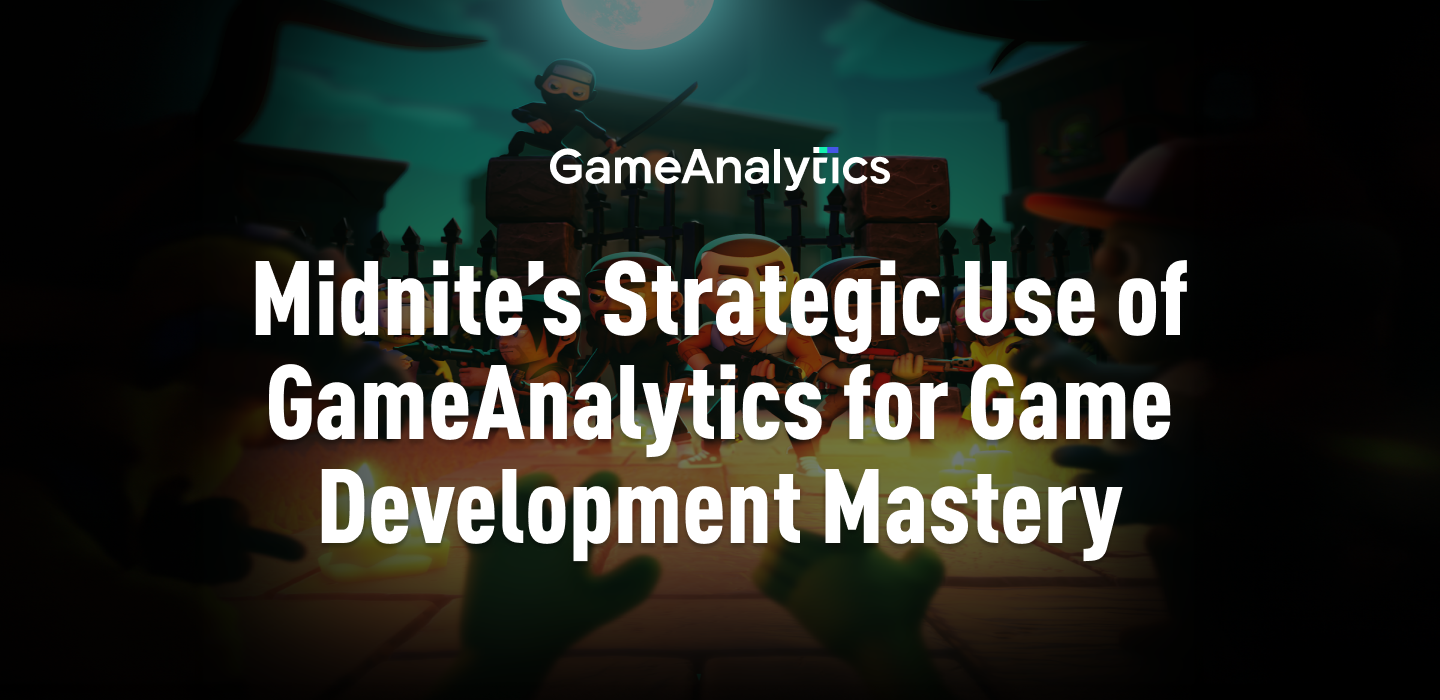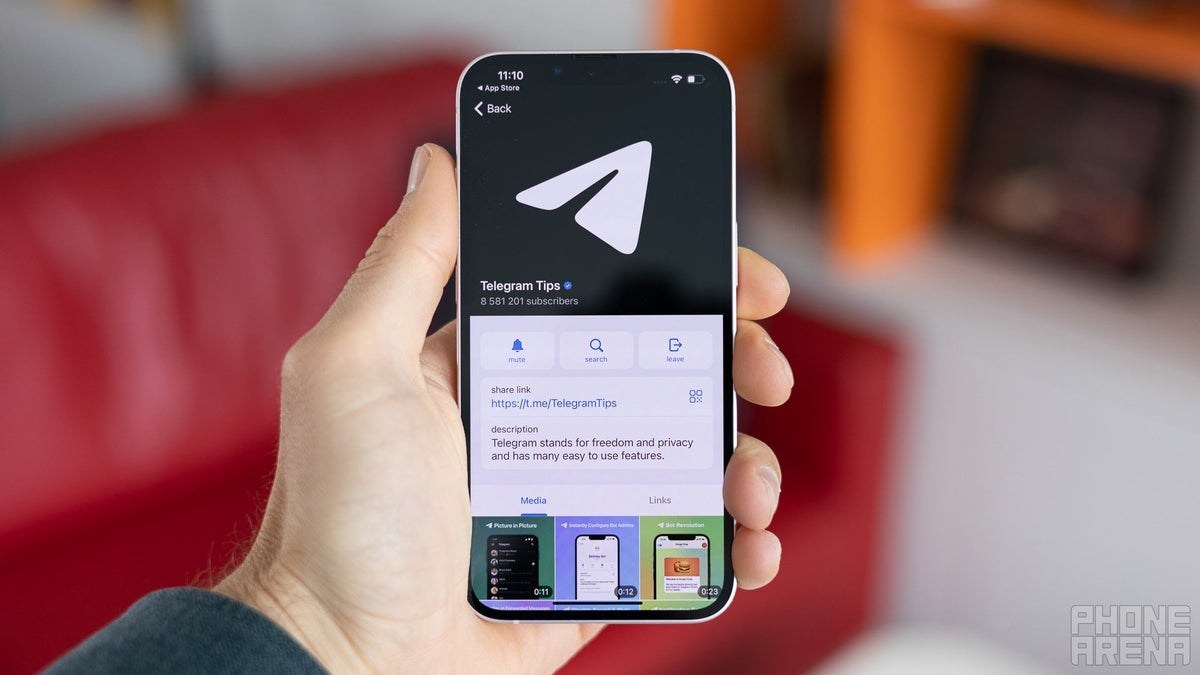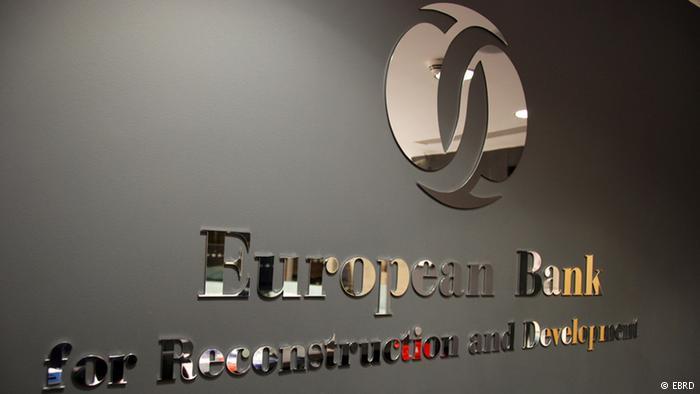Main Highlights:
- How do dating apps work?
- Key Characteristics of a Dating App
- How to Create an App That People Will Enjoy
Developing a successful online dating app is likely to be one of the most difficult obstacles you will encounter. Your dating app is unlikely to dethrone Tinder, but it doesn’t have to. You may create a successful dating app that caters to a specific speciality, geography, or audience type.
However, prior to the construction phase of your dating app, there are numerous crucial steps to go through, such as market research, user behaviour analysis, and determining exactly what type of competition you are up against.
How do dating apps work?
The question: what is the greatest approach to meeting online? is a sensible follow-up to that fact from the introduction. Is it a particular website, social media platform, or app?
With every other important element of our lives finding ultimate Guide to Mobile App Onboarding 2021 a comfortable home on our phones, it would have been weird if there was no room for online dating. After all, what better time to check on singles than when taking a break from work, commuting, or watching TV?
In one of our earlier posts, we looked at what makes dating apps succeed. Choosing a suitable individual entails common criteria such as gender, age, geographical area, hobbies, and aims of acquaintance. The more factors that match, the more likely it is that you will be presented with a profile of that specific person. Some applications allow you to fill out lengthy questionnaires with questions in order to find the best match for you. You may also apply the filters yourself.
This article will provide you with all of the knowledge you need to help you construct a dating app project.
Key Characteristics of a Dating App
To create a successful dating app, you must add features that not only encourage user involvement but also keep them engaged with the platform. Here are a few essentials to add to your app.
Algorithms for Matching
A dating app must include a matching algorithm that connects one user with another based on everything from app usage activity metrics to likes and preferences. A good introduction of how matching algorithms operate, including examples of several common ones:
GPS technology is used for location-based matching.
Matching based on mathematics is based on user responses to inquiries about hobbies, preferences, and even political opinions.
Messaging and chatting
Chat chatting might be considered the “engine” of any dating app. Despite the fact that it is a core necessity, there is a barrier to retaining users on the site rather than swapping numbers and continuing their chat off-platform.
Voice and Video Calling
One of the numerous trends indicating that people desire to feel comfortable and connected before a meeting is a rise in video calling. Facial expressions, tone of voice, and other nonverbal forms of communication enhance their conversation, allowing users to connect on a deeper level than text or SMS alone.
How to Create an App That People Will Enjoy
This section discusses the frameworks, methodology, requirements, tools, design, privacy, and security of dating app development.
An Overview of Dating App Development
Following market research and user behaviour on existing apps, the process of designing a dating app entails meticulous planning and a range of user interface aspects such as:
User Personas
Creating user personas is an important stage in the design and development of your own dating app. Instead of going wide like Tinder, you might design and build your dating app for a specific user category, such as dog lovers or the 50+ set.
User Flows
Wireframing and prototyping your dating app allows you to see how a user interacts with their profile, finds a match, and communicates with their match.
The architecture of a Dating App
You’ll need social sign-in, security and privacy controls, geolocation, user profiles, profile settings, a chat or message system with push notifications, and some form of the matching algorithm, like the ones outlined in the features section above, to design a dating app MVP.
A Dating App’s User Interface and Experience
A dating app’s UI should be simple and easy to use. Because most consumers nowadays are tech-savvy, they are less tolerant of confusing user interfaces. So, given the following recommendations, keep the UI as minimal as possible:
User Data Security and Protection in Dating Apps
With such a large volume of user data and personal information, security must be top-notch. Messages sent by users should also be properly encrypted.
PGP-based cryptographic encryption should serve as basic security. Let us concentrate on the three most important components of an online dating app.
Strong Authentication and Authorization
Implementing robust authentication and authorisation techniques is one of the most important stages for a dating app security checklist.
A good authentication procedure is essential when it comes to privacy, session management, identity management, and device security. It is essential to enforce multi-factor authentication rather than relying solely on usernames and passwords. Multi-factor authentication is required in dating apps, and we strongly advise using the most recent versions of technologies such as the OAuth 2.0 authorization framework or the OpenID Connect protocol.
Server-to-Server Secure Communication
Back-end servers, cloud-based services, chat servers, GPS, and other technologies constantly interface with online dating applications. Sockets Layer (SSL) or Transport Layer Security (TLS) protocol, as well as a method to validate security certificates, are used to secure these connections.
Furthermore, any APIs used by the dating app should be protected. App Transport Security is a feature in iOS that requires apps to use Hypertext Transfer Protocol Secure when connecting to back-end services.
Providing Dependable Performance and Scalability
Before beginning the application and infrastructure design processes, dating app developers must consider and prepare for scalability. Even if your target audience is small, there’s always the possibility that your app may take off and enjoy a surge in popularity.
To begin building a scalable app, one must first comprehend the potential scalability if the app takes off internationally as Tinder did.
To accommodate even a fraction of these massive use figures without sacrificing speed, your dating app must have clean code, attractive design, and scalable cloud infrastructure that scales with the growth of your user base.
Final Thoughts
Dating apps provide users with a handy and time-efficient approach to meeting people in their hunt for a significant other in their busy life.
The secret to a successful dating app is to recognise that people are busy and have limited time. As a result, people are eager for features that will allow them to save time and easily locate what they are searching for. They want and expect a user-friendly, high-performance app.
The best thing is that dating app developers don’t have to reinvent the wheel because there are a plethora of APIs and pre-built functionalities at their disposal.





















Discussion about this post